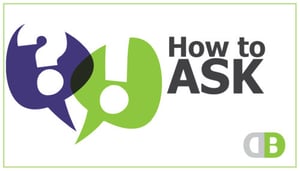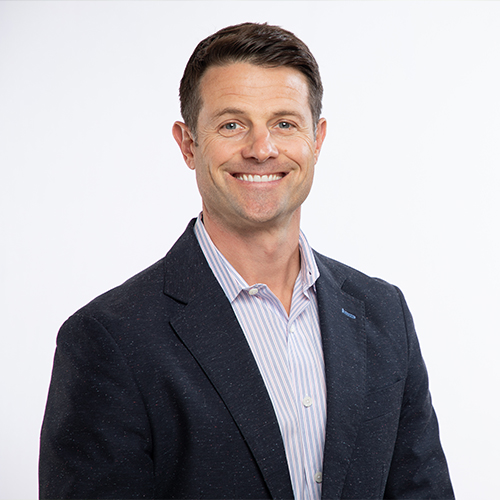 When people think of fundraising, they usually are thinking about The Ask – and that can be very intimidating. This month, the Donor By Design Team is taking on How to Ask. Today, Jason talks about the strategy of seeking out rejection.
When people think of fundraising, they usually are thinking about The Ask – and that can be very intimidating. This month, the Donor By Design Team is taking on How to Ask. Today, Jason talks about the strategy of seeking out rejection.
What really gets in the way of us making the ask? I have found myself offering answers like, “It’s not the right time” or “I’m not the right person to ask” or “They are going through some hard things right now.”
The excuses are endless aren’t they? What’s at the root of our resistance to ask?
Jia Jiang had a dream to build a company. But since he was a child, he couldn’t overcome his fear of being rejected. In order to acclimate himself to rejection, he took on a 100-day challenge where he would intentionally seek a “no” to his requests.
From borrowing $100 from a stranger to asking for a free “burger refill”,Jiang sought out rejection so he could become more comfortable with it. His exposure to rejection and learning to look at it from a different perspective led Jiang to some incredible outcomes, including realizing his dream of starting several businesses. (Check out Jiang’s full Ted Talk.)
There are two fundamental things in play here:
- Why am I afraid of being rejected?
- How can I handle the possibility of rejection in a productive way?
To address the first, ask yourself – why am I asking in the first place? What difference am I trying to make in the world? How could this person help in the bigger picture? Are there other options or donors I could approach? What’s really the worst thing that can happen?
We need to be solid on answers to these questions. It’s also a great exercise to go through with staff and volunteers. If we put it out there, talk about rejection with transparency, it can remove some of the fear that lurks behind it.
Second, if a donor says “no”, how do we read that? We know that usually a “no” means “not now”, but what else can we learn? Jiang discovered that when he was being rejected, he was simply offering something that the other person didn’t need or want. In the world of philanthropy, this goes back to someone’s personal interest in the project or organization.
A “no” can offer insights that will unlock clues that can compel that donor to consider a gift in the future. Instead of running away when we hear “no”, we should follow up with questions like:
- What problem or issue do you want to be part of solving?
- What would you like to see from our organization in the future in order to consider a gift?
- What are some examples of projects/causes that you like to support and why?
- Is there more information I can provide that will help you understand what we’re trying to do?
Great leaders run toward the possibility of rejection, not away from it. People who change the world do not let rejection define them. The path to your goals will include some rejection along the way. Talk about it with your team. Make it OK for you and others to experience it. I think you’ll find “no” doesn’t hurt as bad as we think. And “yes” is awesome.

